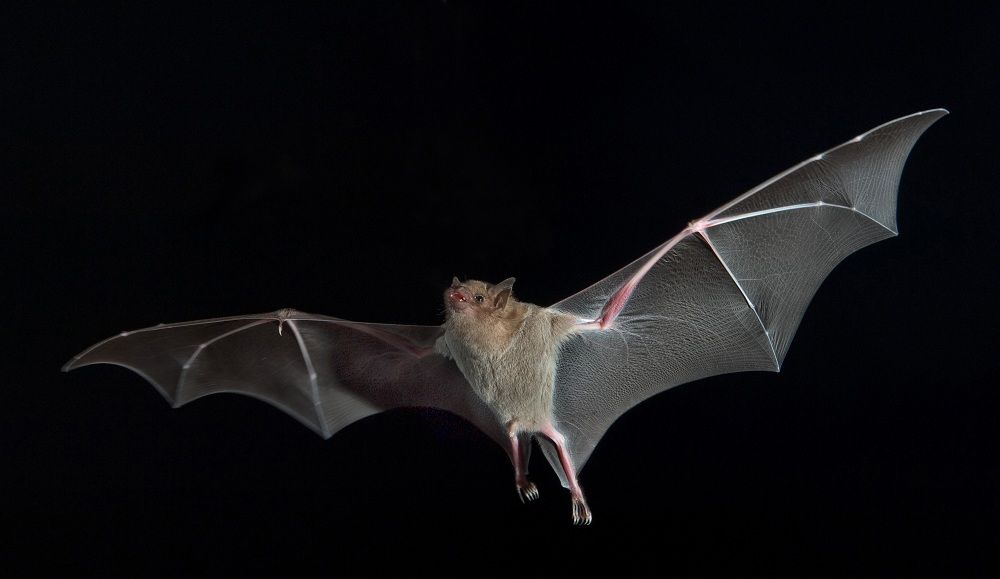The Common Loon
Ice came off our lakes and the Trumpeter Swans returned to the Northwoods, then the lakes froze over again but fortunately some creeks had open water for them. Now the ice is gone (hopefully for good) and while at Bents Camp. Monica heard her first loon cry of the year. That loons wail not only gave her a huge smile, but she called admittedly to give me the news. If you live or vacation on a lake in the Northwoods, you have heard that eerie hoot echoing across the water and most folks know that haunting call comes from one of the Northwoods biggest symbols, the common loon. I’m sure none of us knows or have even noticed this, but loons have 4 different calls. WAIL (calling mates and chicks) YODEL (territory confrontation/aggression) TREMOLO (used when disturbed and the only call used when flying) and the HOOT (contact between mates and chicks of their location) and are most vocal in May & June. I must tell you, because they’re so unique, loons are my favorite bird (next to our Eagles) in the Northwoods.
Here are some other interesting facts about the common loon you may not know.
- Males and females look identical in appearance, but males are about 25% bigger.
- Eyes are red (pigment in the retina) allows them to see well under water.
- Average height is 25 to 32 inches, weigh up to 12 pounds and wingspan about 46 inches
- Can reach speeds of 70 mph when migrating.
- Have sharp teeth protruding from the top of their mouth to hold prey and swallow that prey under water.
- Perch are their favorite fish and can eat up to 2 pounds of fish per day.
- Run on top of the water for 35 yards, but it could take up to a quarter of a mile to become airborne.
Loon’s legs are so far back on their body that they have a very hard time standing/walking and for this reason the only time loons will come on land is to build their nest (built by mom & dad). Because of their awkwardness on land, their nest are only inches from the shoreline or on islands to avoid predators. Mom will usually lay 2 eggs and both parents will incubate the eggs close to 30 days and after hatching, both mom and dad will feed the chicks. By day three the chicks can swim behind the parents, but for body heat and to conserve energy, the chicks will ride on the parents back. The chicks also hitch a ride for protection from predators (mostly muskie). Male loons will claim a lake and return to that same lake each year and will fight to the death to protect their territory, therefore you will not see more than one nesting pair on a lake unless it’s a large body of water or a chain of lakes. Hopefully you know a little more about the common loon you hear hooting on the water. Oh, if you hear a loon YODEL, you can tell people “That’s a male loon” because females don’t yodel.




